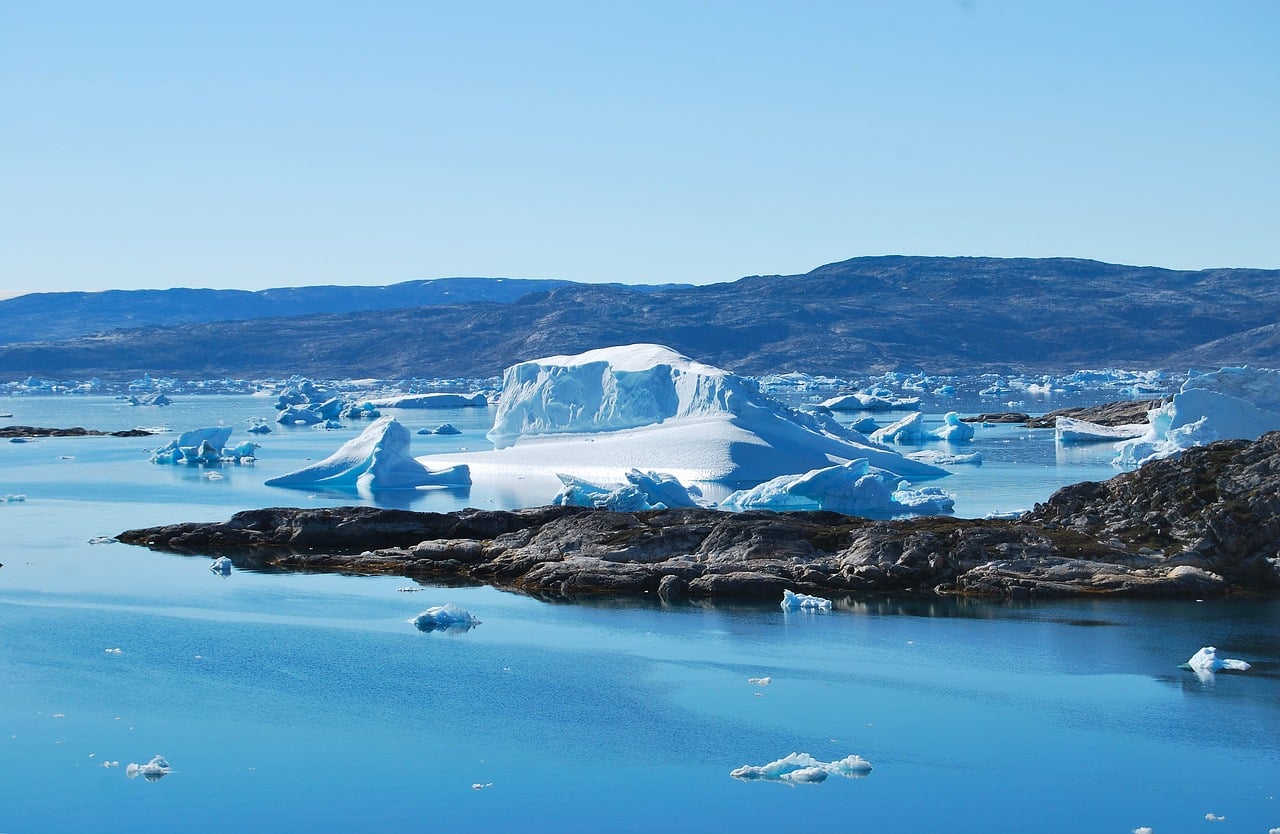Climate change is causing higher temperatures globally, including even the coldest polar areas, where snow and ice cover the surface all year long. But warmer temperatures have caused rain on Greenland to be more frequent, causing more ice melting even during the winter.
Winters on Greenland can be quite frigid with ice and snow covering the area. There are several glaciers and ice sheets that keep the country cold, but climate change is reversing the cold on Greenland, with studies reporting rapid ice melting on Greenland. When snow falls, it remains frozen, sometimes for months. However, rains are warmer than snow, causing the liquid to spread across the snowy surface, melting it along with the ice it covers.
The Arctic nation is widely suffering from ice loss. Since 1990, the average temperature of the Greenland surface has increased by 3.2 degrees Fahrenheit in the summer, and 5.4 degrees Fahrenheit in the winter. Scientists estimate that Greenland is losing about 270 billion tons of ice per year.
To get to this data, scientists who published their work in the journal Cryosphere, used satellite imagery to measure the difference between snow and liquid water. They used observations made between 1979 and 2012 to find what caused more melting at specific locations. They also compared satellite imagery to observations made by weather stations which monitor the temperature, wind, and rain and snow precipitation. Scientists found the shocking information, that there were over 300 melting events which were associated with rain on Greenland.
There are many ways the ice melting can be triggered on Greenland, however rain is one of the most powerful culprits behind it. Given that rain is warmer compared to snow, it triggers melting of the ice. Lead author of the study, Marilena Oltmanns, said that rain-related melting and its effects doubled during the summer season and tripled during the winter over the years in which the study was conducted, despite that total precipitation hadn’t changed over the years.
Scientists found that during the last four decades the effects of a rain increased from two to three days in the winter. The rain effects however, doubled over the course of summer, jumping from two days to five days.
Rain that melted the ice eventually freezes again, but the surface changes from white snow to dark ice pools which absorb heat faster with the coming of the sun’s rays. That contributes to faster melting events.
“If it rains in the winter, that preconditions the ice to be more vulnerable in the summer,” said glaciologist Marco Tedesco in a statement. “We are starting to realize, you have to look at all the seasons.”
This is not the only study associated with rapid ice melting due to climate change. A few days ago, researchers published a study which looks at small icequakes occurring on Antarctic’s ice shelves. During the day, ice melts in the summer and then freezes again at night, producing small vibrations known as ice quakes. Scientists say this study is important for learning about how and why icebergs break off the ice shelves. Still, to stop melting induced by rain on Greenland, we have to be more conscious about the Earth and stop large greenhouse gas emissions.





